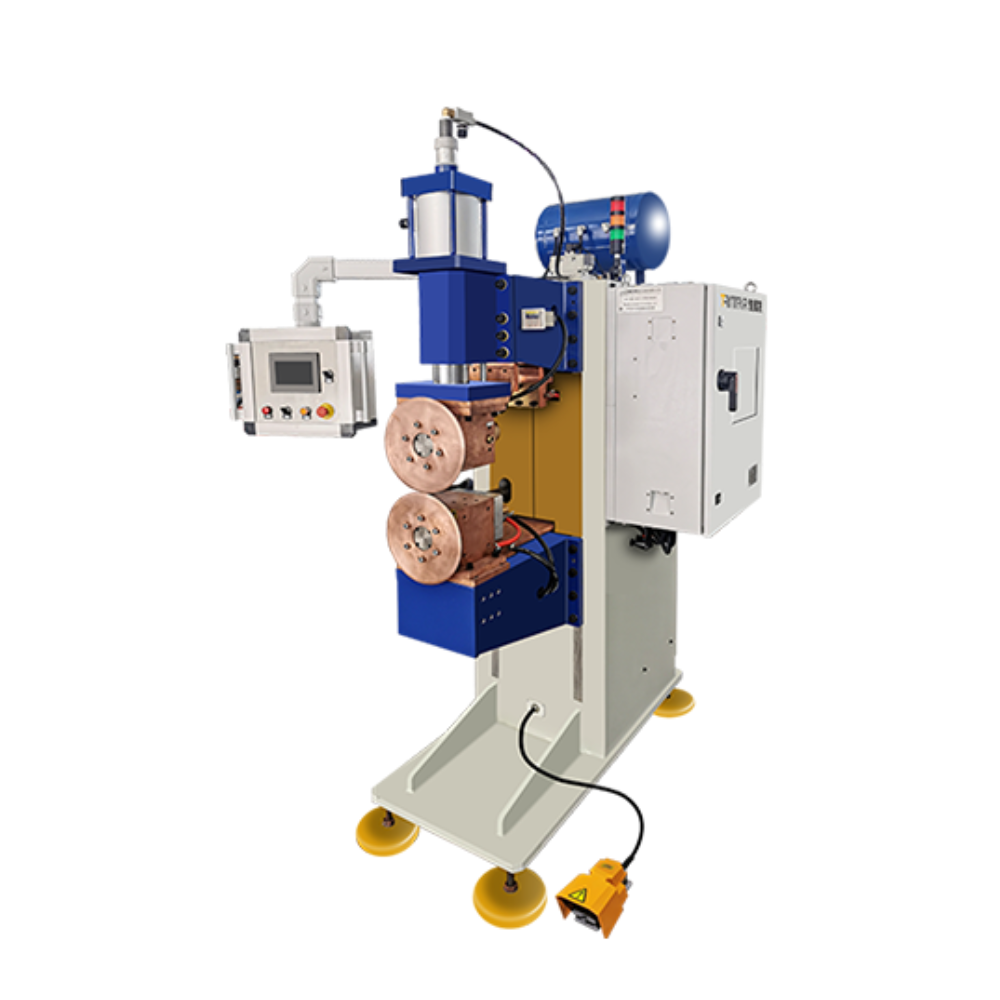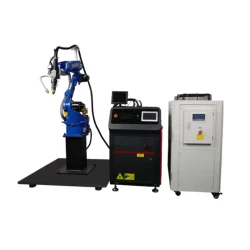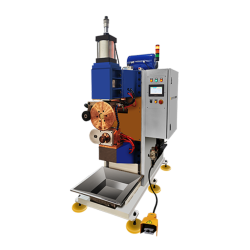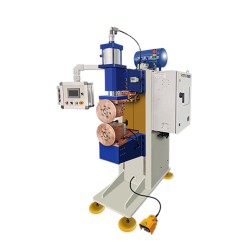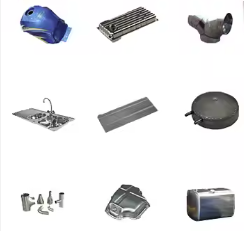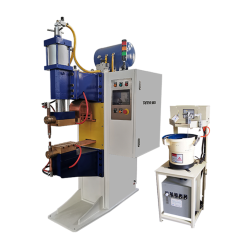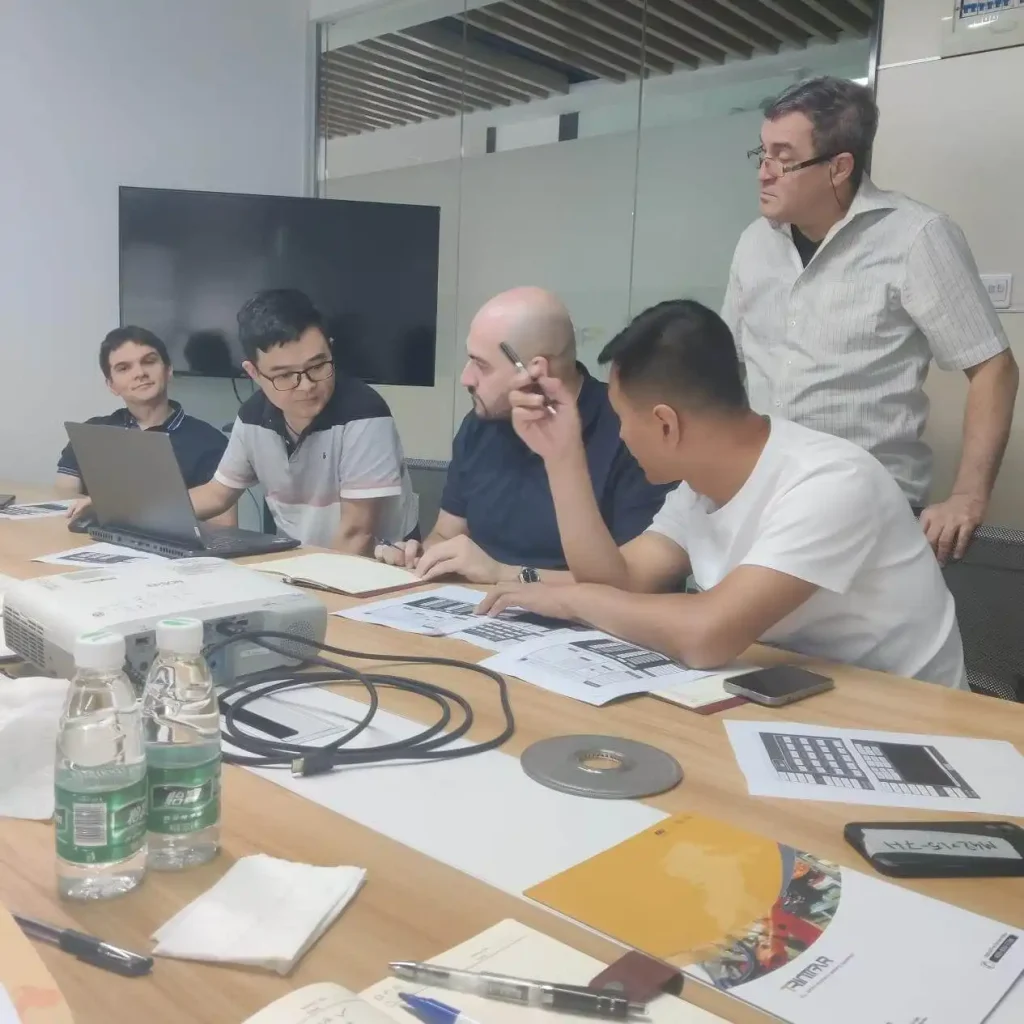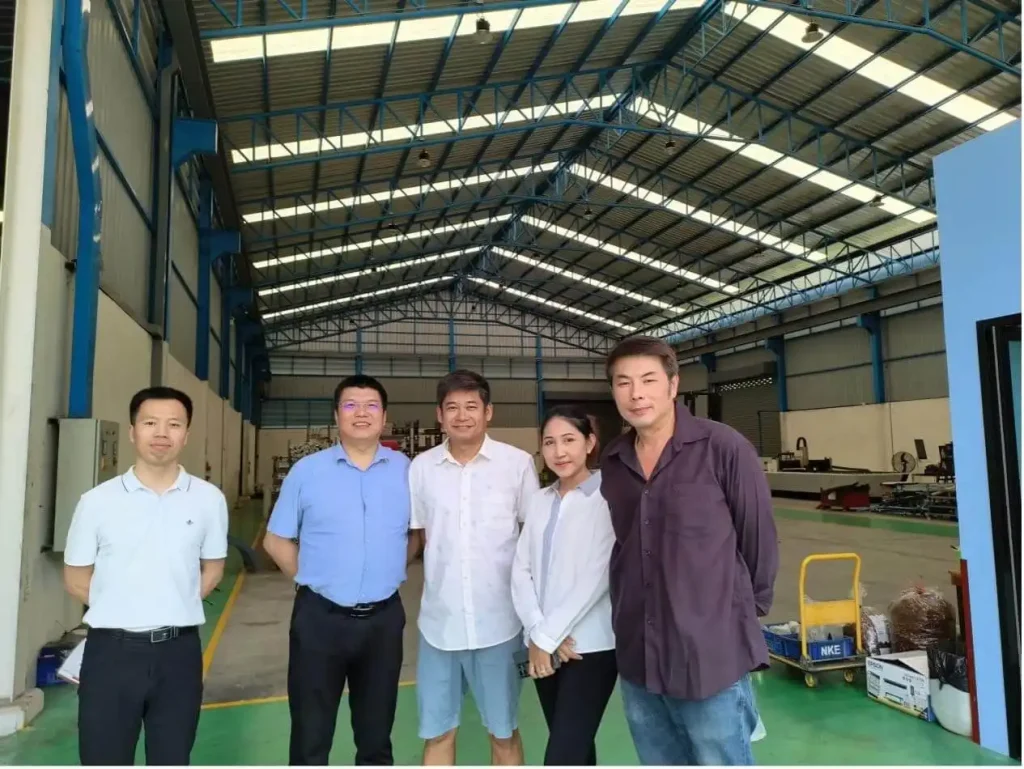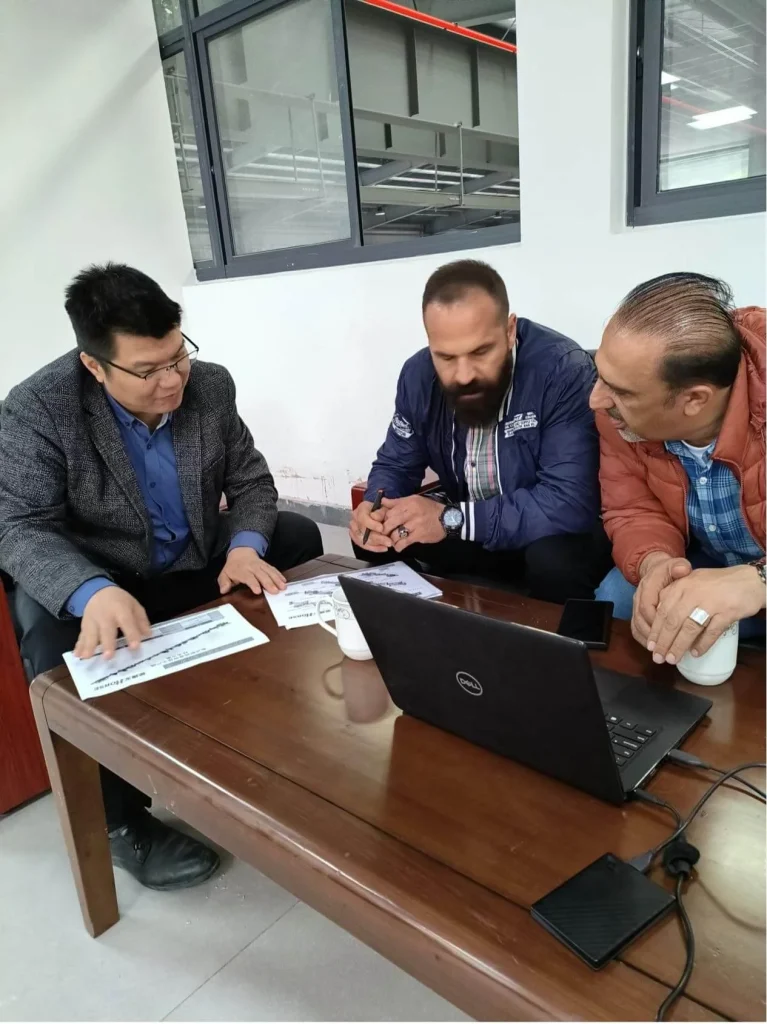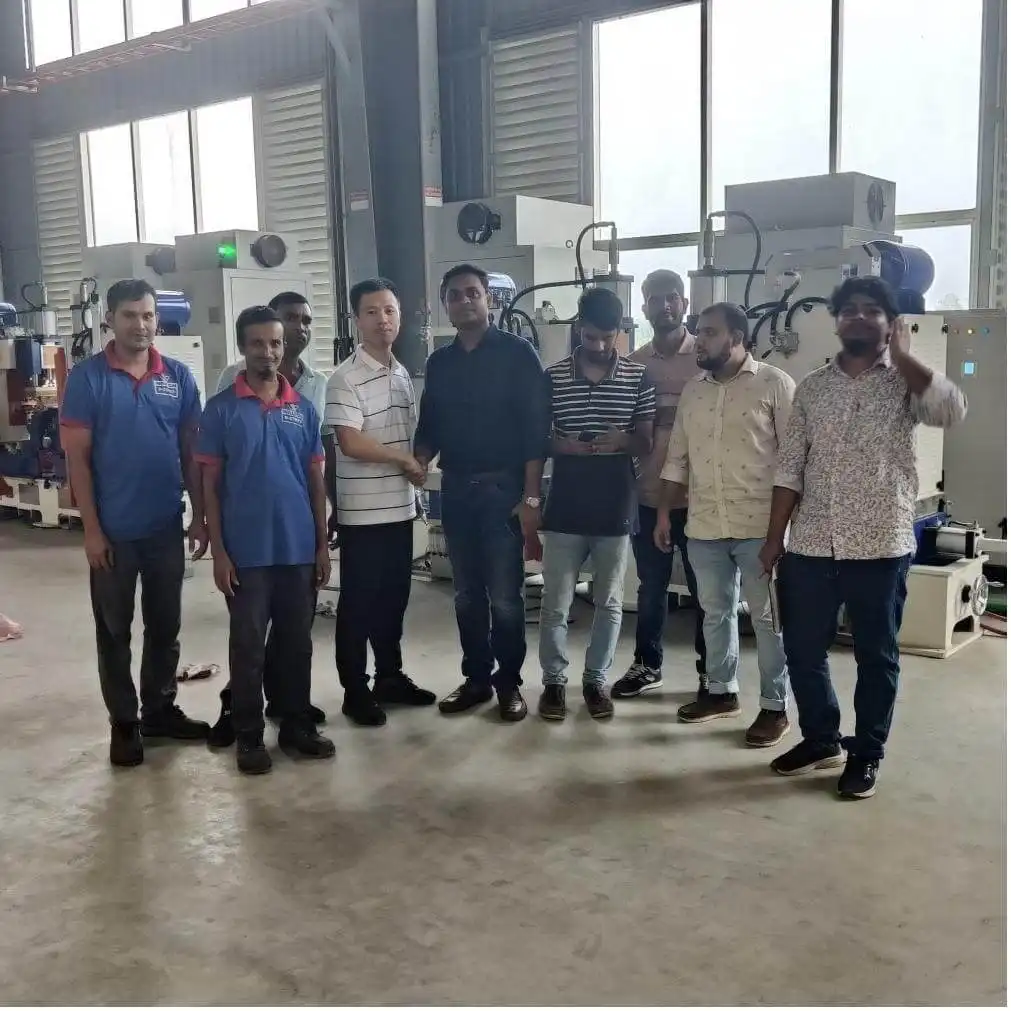In collaboration with a leading brand and Mumbai’s largest electrical...
Intermediate Frequency DC Seam Welding Machine
Medium Frequency Seam Welding Machine
A medium frequency seam welding machine is a resistance welding device where the welded parts are assembled into overlapping or butt joints and placed between two roller electrodes. The roller electrodes press the workpieces and rotate, applying continuous or intermittent pulse power, which forms a continuous weld seam. In essence, medium frequency seam welding is an evolution of spot welding. It is widely used in the manufacturing of joints that require sealing, and is sometimes used for welding general non-sealing sheet metal parts. The thickness of the welded metal materials typically ranges from 0.1 to 2.5mm.
Product Features:
- Precise and Stable Operation: Accurate running speed, low noise, and stable performance.
- Energy Saving: Reduces energy consumption by over 30%.
- High Efficiency: Boosts productivity while saving costs.
- Longer Electrode Lifespan: Electrode lifespan is increased by more than double.
- Short Welding Time: Speeds up the welding process, improving overall efficiency.
Short Circuit Current: 20~100KA
Industry Applications: Widely used in the automotive industry and other sectors requiring roller welding.
Product Details
Product Features:
- Energy Saving:
Compared to low-frequency systems, medium-frequency spot welding machines reduce energy consumption. The same-weight transformer can output more power and is easily compatible with large automatic welding pliers. Suitable for welding thicker workpieces and metals with high conductivity, such as aluminum and galvanized steel. Smaller and lighter systems can accelerate movement and shorten work cycles, making them ideal for welding machines/automated machinery. - Reduced Parallel Secondary Circuits:
In semi-automatic setups, a medium-frequency welding transformer can replace several low-frequency transformers, reducing the need for parallel secondary circuits. - Lower Production Costs:
Reduces energy consumption by over 30%, thus lowering production costs. - Minimized Interference in Large Secondary Circuits:
The welding current is direct current (DC), so it doesn’t affect the welding process when there are inductive or magnetic materials in the secondary windings. - Balanced Power Load for Supply Equipment:
The medium-frequency inverter spot welding machine uses a three-phase power source and can store energy, leading to better load distribution. - Stronger Adaptability to Power Grid Fluctuations and Voltage Drops:
A portion of the energy is stored by the inverter and supplied to the load, replacing direct supply from the power grid to the load. - More Accurate and Faster Current Control:
Compared to low-frequency systems, medium-frequency systems can analyze parameters more accurately and provide better control of welding current. - Faster Response to Set Current:
Medium-frequency systems can adjust welding current up to 20 times faster than traditional technologies.
Product Classification:
Medium-frequency seam welding can be classified into three types based on the roller rotation method:
- Continuous Seam Welding
- Intermittent Seam Welding
- Step Seam Welding
Production Results:

Related Products
Related products
FAQ
Are you a trading company or a factory?
We are an integrated industry and trade company, and we have our own factory.
Where is your factory located?
Our factory is located in the Songjiang district of Shanghai, China. Additionally, we have factories in Dongguan and Ningbo.
Can you customize the machine?
Yes, we support OEM (Original Equipment Manufacturer) and ODM (Original Design Manufacturer) services and can customize machines according to your requirements.
What is the MOQ (Minimum Order Quantity)?
The MOQ depends on the customer’s requirements.
Can you provide samples?
Yes, we provide sampling services. However, you will need to send us the sample by courier.
What services do you provide during the purchase process?
- Pre-sales: Factory visits, technical solutions, program design services, proofing, and sample testing.
- On-sales: Technical training and installation/commissioning services.
- After-sales: Free non-wearable parts, repair services, video technical support, and online remote guidance.
How long is your warranty period?
We offer a one-year warranty.
What are the payment terms?
We usually require full payment before shipping, but payment terms can be negotiated.
How long is the delivery time?
- Standard machines: 7–15 working days.
- Customized machines: Depending on the degree of customization, approximately 1–3 months.
Business Casestudies
For a Russian precision instrument manufacturer, we supplied a dedicated...
Our local authorized distributor in Thailand provides year-round on-site technical...
A leading enterprise in Bangladesh received a complete oven welding...
